Have you ever wondered how those trendy digital currencies and transparent online transactions stay so reliable and fast? Well, it’s not just magic behind the scenes—it’s all about optimizing performance. As Blockchain technology becomes the buzzword in various industries, ensuring it runs smoothly is more important than ever. So, let’s dive into how performance testing 🚀 plays a crucial role in keeping blockchain transactions speedy ⌛, reducing those pesky delays 🛜, and maintaining top-notch performance even under heavy loads.
Performance testing is key to building robust, efficient, and reliable blockchain solutions that can withstand the complexities and challenges of the real world. In this blog, let will look at,
▶️ The Definition and Importance of Performance Testing.
▶️ Factors impacting Blockchain Performance.
▶️ Key metrics and strategies for conducting Performance testing.
▶️ Challenges in popular Blockchain projects.
▶️ The Effective practices and a deep dive into Security and Scalability testing.
▶️ The Future Trends in Blockchain Testing.

What is Performance testing for Blockchain applications?
Performance testing for blockchain applications ensures that the system operates efficiently, handles high transaction volumes without failures, and remains reliable under heavy usage. This type of testing is crucial for identifying potential bottlenecks and ensuring the blockchain can scale effectively as user demand increases.
Performance testing involves various tests to evaluate the ability of application under different conditions. Transaction processing speed, confirmation times, and the system's ability to maintain functionality under high user load are tested. Additionally, it assesses the impact of network latency, block size, and the complexity of smart contracts on overall performance.
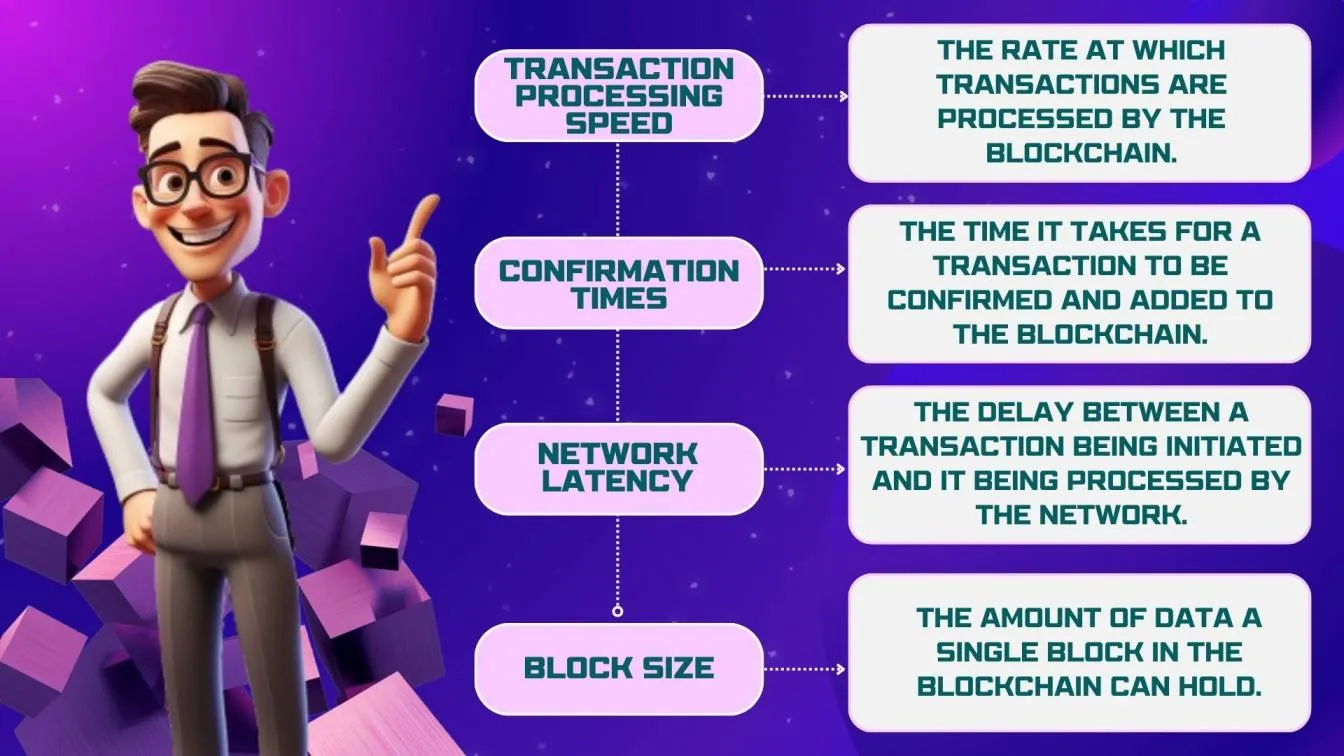
By simulating real-world scenarios, performance testing helps developers understand the behavior of blockchain applications during production. This proactive approach helps in detecting and resolving issues early, leading to a more robust and reliable blockchain system which enhances the user experience.
Why is Performance testing important for Blockchain applications?
Performance testing is crucial for ensuring that the system can handle real-world demands efficiently. Slow transactions or system failures can lead to significant problems for users and reduce trust in the system.

🚀 Performance testing helps developers identify and fix issues before they affect users. This approach ensures that the blockchain application can manage high transaction volumes, maintain low latency, and operate reliably under heavy load conditions. Furthermore, effective performance testing demonstrates the robustness and dependability of the application, building user confidence and trust 👍.
Performance testing is essential for delivering a seamless and efficient user experience in blockchain applications. However, there are some factors that affect the performance of these applications which are listed in the next section.
Factors Impacting Blockchain Application Performance
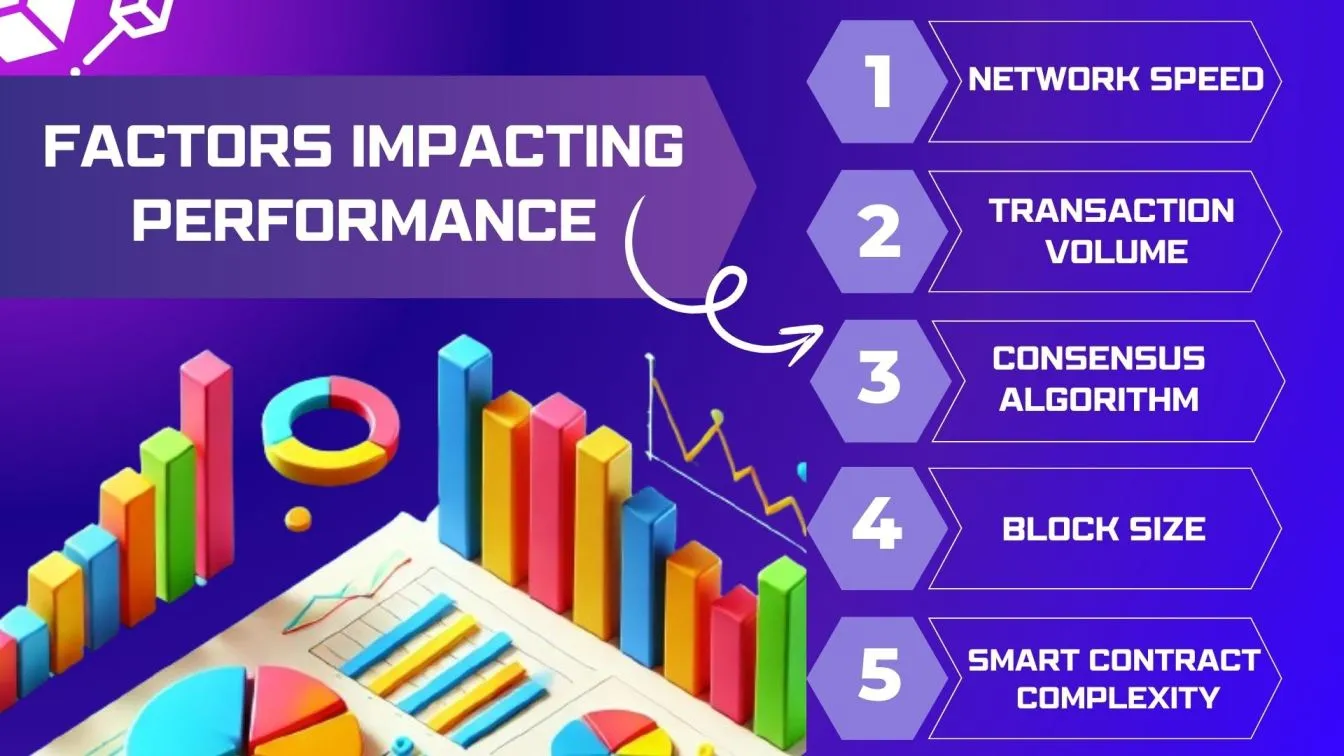
- Network Speed: Internet Network strength affects the download speed of a file and in a similar way the speed of the blockchain network affects how quickly transactions can be processed.
- Transaction Volume: More transactions mean more work for the blockchain, so it needs to be able to handle a high volume without slowing down.
- Consensus Algorithms: These are the rules the blockchain follows to agree on which transactions are valid. Different algorithms can affect performance in different ways.
- Block Size: The size of each block in the blockchain can impact how many transactions it can hold and how quickly they can be processed.
- Smart Contract Complexity: These unit programs that run on the blockchain. The more complex they are, the more work the blockchain has to do and end up slowing the process down.
The key Performance metrics used in testing Blockchain applications
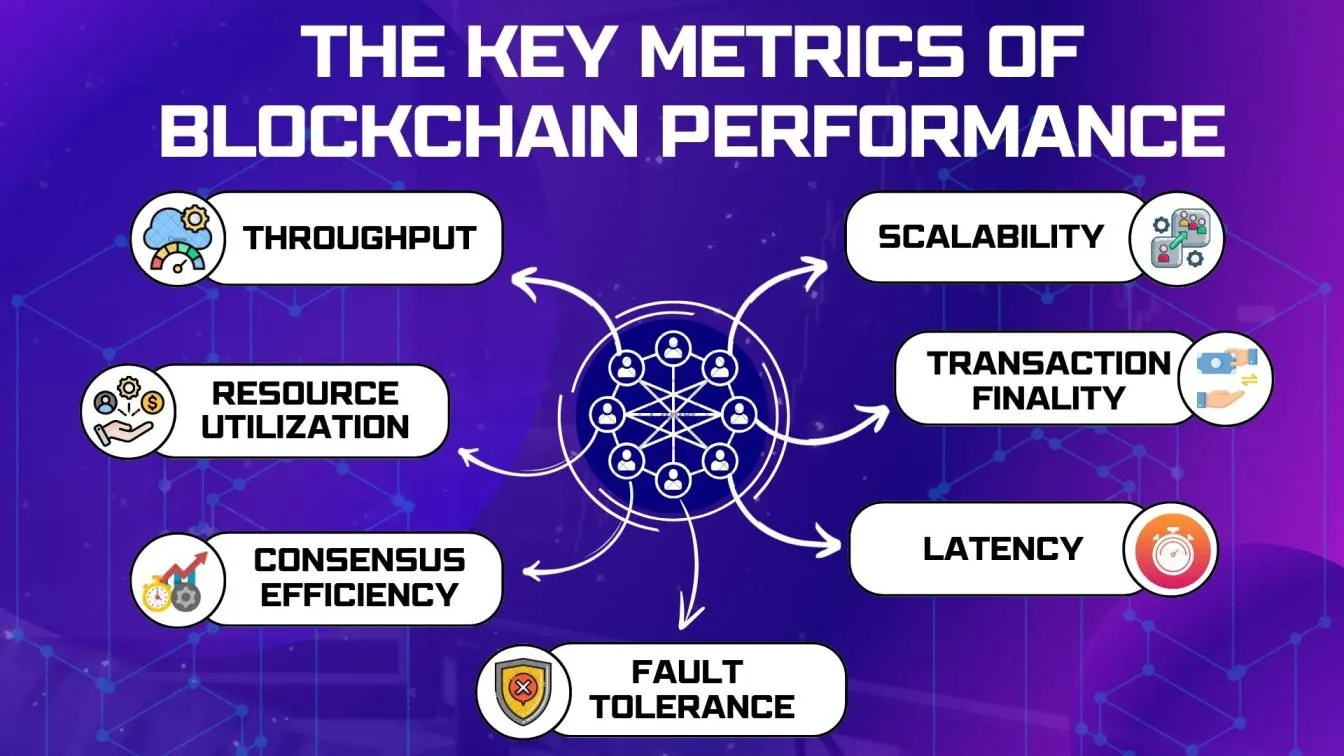
🚀 Throughput: Measures the number of transactions the blockchain can process per second (TPS).
🚀 Latency: Assesses the time taken for a transaction to be confirmed by the blockchain.
🚀 Scalability: Evaluates how well the blockchain can handle increased transaction volumes without performance degradation.
🚀 Resource Utilization: Examines the efficiency of CPU, memory, and bandwidth usage by the blockchain system.
🚀 Consensus Efficiency: Measures the performance and resource consumption of the blockchain’s consensus mechanism.
🚀 Transaction Finality: Indicates the speed at which transactions become irreversible and fully confirmed.
🚀 FaultTolerance: Assesses the blockchain’s ability to function correctly despite node failures or malicious activities.
Strategic Approaches for Conducting Performance Testing in Blockchain Applications
Performance strategies help in increasing your Blockchain Testing efficiency. These include,
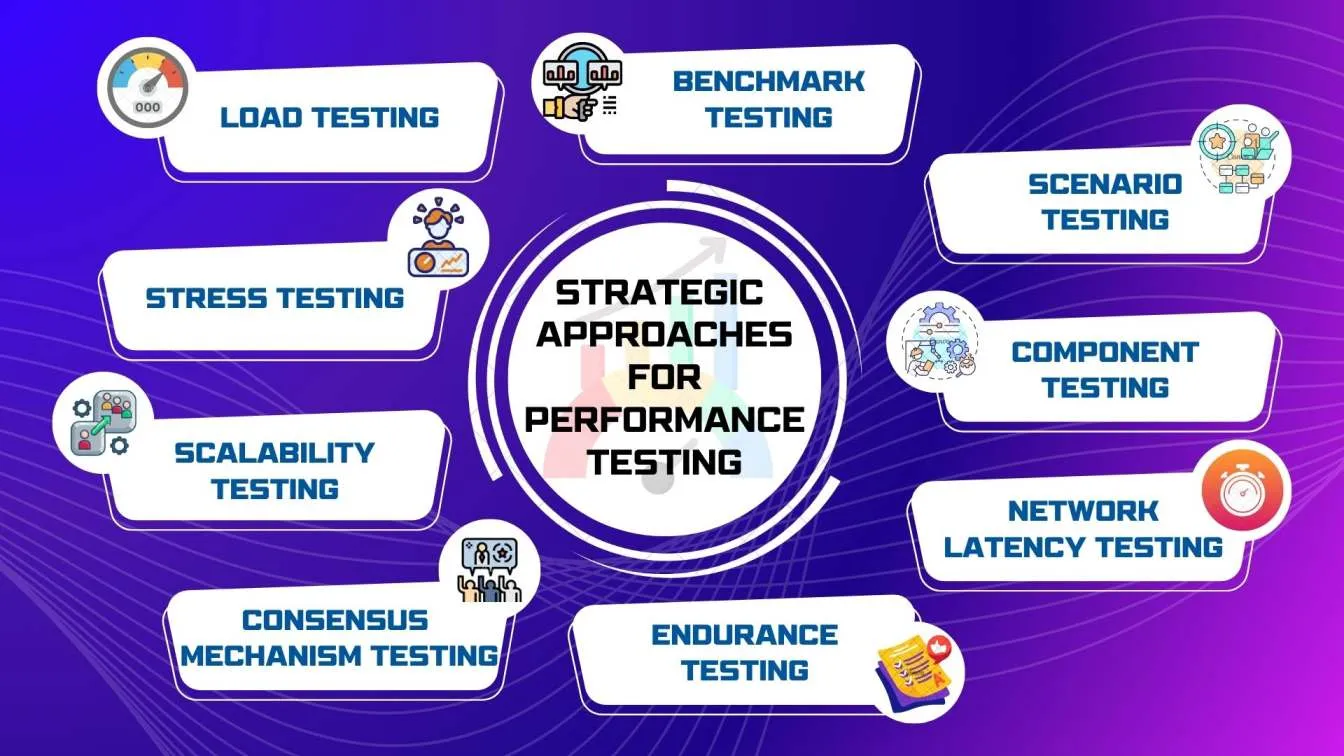
⭐ Load testing simulates a high volume of transactions to assess how the blockchain handles significant transaction loads. This helps identify the maximum transaction throughput the system can manage.
⭐ Stress testing pushes the blockchain to its limits to determine its breaking point. This involves applying extreme transaction loads or other stressors to see when the system starts to fail or degrade significantly. Both load testing and stress testing are components of performance testing.
⭐ Scalability testing evaluates how well the blockchain can handle increased demand over time. This involves testing the system's performance as the number of users and transactions grows to ensure it can maintain efficiency at scale.
⭐ Consensus Mechanism testing focuses on evaluating the performance of the chosen consensus algorithm under different conditions. This includes assessing its speed, reliability, and resource consumption.
⭐ Endurance testing involves running the blockchain application for an extended period to see how it performs over time. This helps identify issues related to memory leaks, resource depletion, and system stability during prolonged usage.
⭐ Network latency testing measures the impact of network delays on blockchain performance. By simulating various network conditions, developers can understand how network issues affect transaction processing and overall system performance.
⭐ Component testing involves isolating and testing individual components of the blockchain system, such as smart contracts, nodes, and storage layers. This helps identify performance issues at a granular level and ensures each component performs optimally before integration.
⭐ Scenario testing uses real-world scenarios to evaluate blockchain performance. This includes simulating various use cases, such as high-frequency trading or large-scale transactions, to see how the system handles specific workloads and user behaviors.
⭐ Benchmark testing compares the blockchain's performance against predefined standards or industry benchmarks. This helps gauge the system's efficiency and effectiveness relative to other blockchain solutions and performance standards.

Examples of Blockchain projects that faced Performance challenges
Performance issues are no strangers to Blockchain. Even popular projects like Bitcoin and Ethereum have faced performance challenges which changed the testing landscape.
Bitcoin, the pioneering cryptocurrency, faced a significant performance challenge during the bull market of late 2017. As the price of Bitcoin skyrocketed, the network experienced unprecedented congestion, causing transaction times to soar and fees to skyrocket. This phenomenon, often referred to as "Bitcoin network congestion," resulted in frustration among users and raised concerns about Bitcoin's scalability.
Several proposed solutions, such as Segregated Witness (SegWit) and the Lightning Network, aimed to alleviate congestion and improve transaction throughput. However, the event underscored the importance of scalability in blockchain networks and prompted ongoing efforts to enhance Bitcoin's performance.

Similarly, Ethereum encountered performance challenges during the height of the decentralized finance (DeFi) boom in 2020. The surge in demand for decentralized applications (DApps), such as decentralized exchanges and lending platforms, led to congestion on the Ethereum network. Transaction fees soared to unprecedented levels, making it costly for users to interact with DApps.
This congestion highlighted Ethereum's scalability limitations, prompting discussions about Ethereum 2.0 and its transition to a proof-of-stake (PoS) consensus mechanism. Despite these challenges, Ethereum's vibrant ecosystem and developer community continued to innovate, exploring solutions like layer 2 scaling solutions and alternative blockchain networks to alleviate network congestion and enhance performance.
Best Practices for Ensuring Effective Performance Testing in Blockchain Applications
To ensure effective performance testing, it’s important to frame your workflow with the following testing practices,
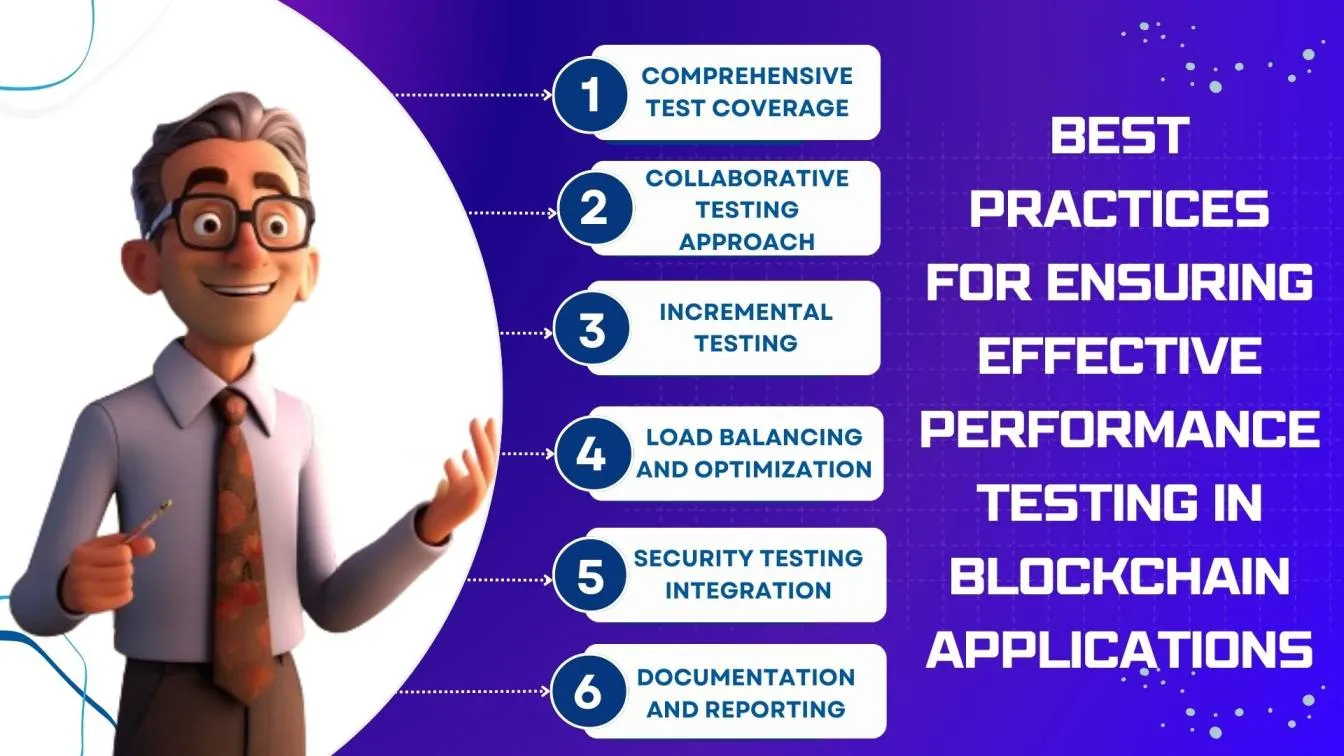
✅ Ensure that performance testing covers all critical aspects of the blockchain application, including transaction processing, smart contract execution, and consensus mechanism performance.
✅ Test the blockchain application's scalability across different environments, such as development, testing, and production, to identify potential performance variations.
✅ Involve stakeholders from development, operations, and business teams in performance testing to gather diverse perspectives and insights, ensuring that performance goals align with business objectives and user requirements.
✅ Conduct performance testing in incremental stages, starting with basic functionality and gradually increasing complexity to identify performance bottlenecks early in the development lifecycle.
✅ Implement load balancing strategies and optimize resource allocation to distribute transaction processing evenly across network nodes, ensuring optimal performance and scalability under varying loads.
✅ Integrate security testing practices, such as vulnerability assessments and penetration testing, into performance testing to identify and address potential security threats that may impact system performance.
✅ Document performance test results thoroughly and provide detailed reports highlighting performance metrics, test methodologies, and recommendations for optimization.
Security Testing in Blockchain Applications
🔒 Security testing in blockchain applications is paramount for safeguarding digital assets, maintaining user trust, and ensuring the integrity of the decentralized ecosystem. With the immutable nature of blockchain technology and the potential for financial transactions and sensitive data to be stored on the ledger, security vulnerabilities can have severe consequences.
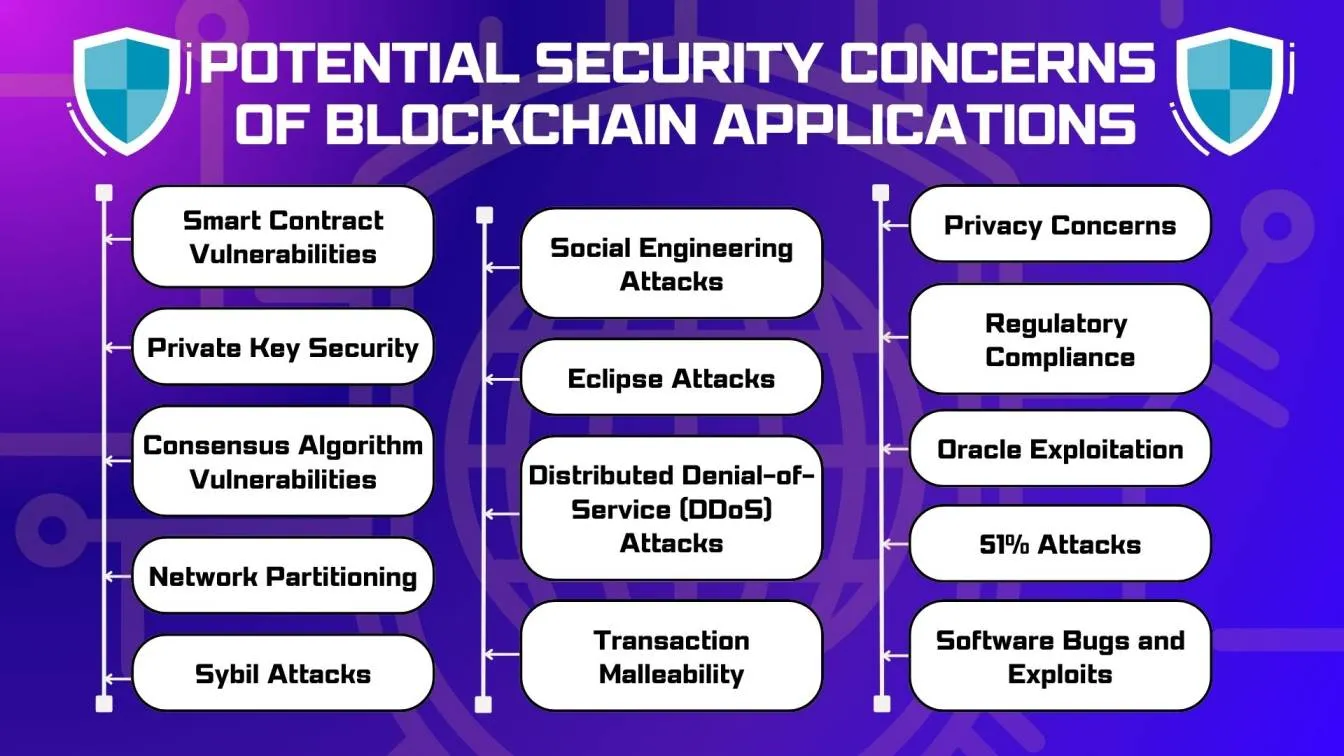
Security testing helps developers identify and mitigate potential threats, such as smart contract vulnerabilities, network attacks, and data breaches, before they are exploited by malicious attackers. This proactive approach not only protects users data but also strengthens the overall security posture of the blockchain network, fostering confidence among stakeholders.
As blockchain applications become increasingly integrated into various industries, including healthcare, and supply chain management, the importance of security testing grows exponentially. Ensuring compliance with regulatory requirements and safeguarding against cyber threats serve as critical assurance mechanisms.
Scalability Testing for Blockchain Networks Challenges and Solutions
Scalability testing involves assessing the ability of a blockchain network to handle increasing transaction volumes and user loads. It aims to identify performance bottlenecks, scalability limitations, and areas for optimization and provide optimal solutions. Let's try to find the solutions for each of these challenges:
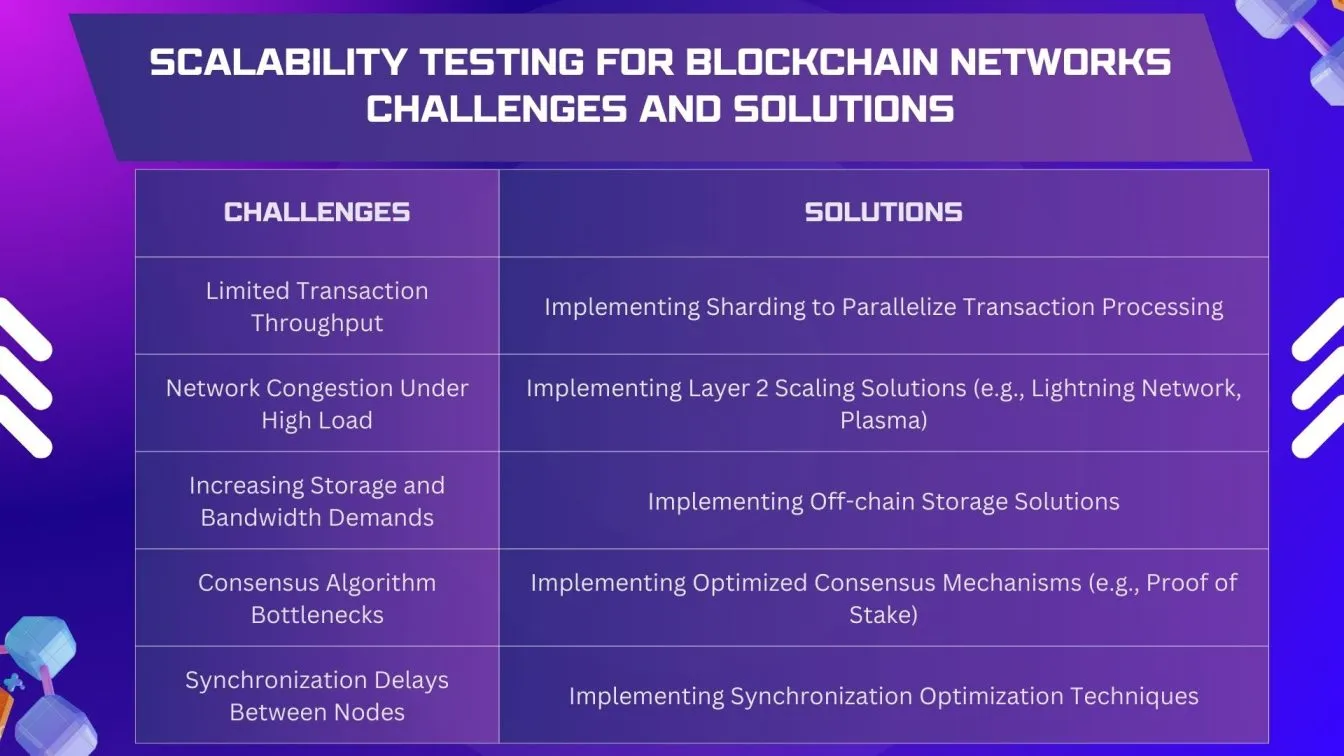
- Limited transaction throughput hampers the scalability and efficiency of blockchain networks.
Solution - Scalability testing employs parallel processing techniques to boost transaction throughput and enhance the efficiency of blockchain networks.
- Network congestion during peak usage periods can result in delays and increased transaction fees, undermining user experience.
Solution - Through scalability testing, blockchain networks implement dynamic fee adjustment mechanisms to mitigate network congestion and maintain optimal transaction flow.
- Growing storage and bandwidth requirements challenge the scalability of blockchain systems, impacting network performance.
Solution - By utilizing sharding techniques and decentralized storage solutions, scalability testing addresses growing storage and bandwidth demands, ensuring seamless network scalability.
- Bottlenecks in the consensus algorithm can restrict transaction processing speed and hinder network scalability.
Solution - Scalability testing optimizes consensus algorithms through load balancing mechanisms, overcoming bottlenecks and enabling faster transaction processing and improved network scalability.
- Synchronization delays between nodes disrupt network performance and transaction validation.
Solution - Through scalability testing, blockchain networks deploy synchronization protocols such as ghost protocols to minimize delays between nodes, enhancing network performance and transaction validation speed.
Blockchain Performance Testing Tools
The tools for performance testing are sophisticated and diverse. Selecting the right ones based on requirements is crucial for an optimized testing cycle. Many tools are available exclusively for testing the performance of blockchain apps:
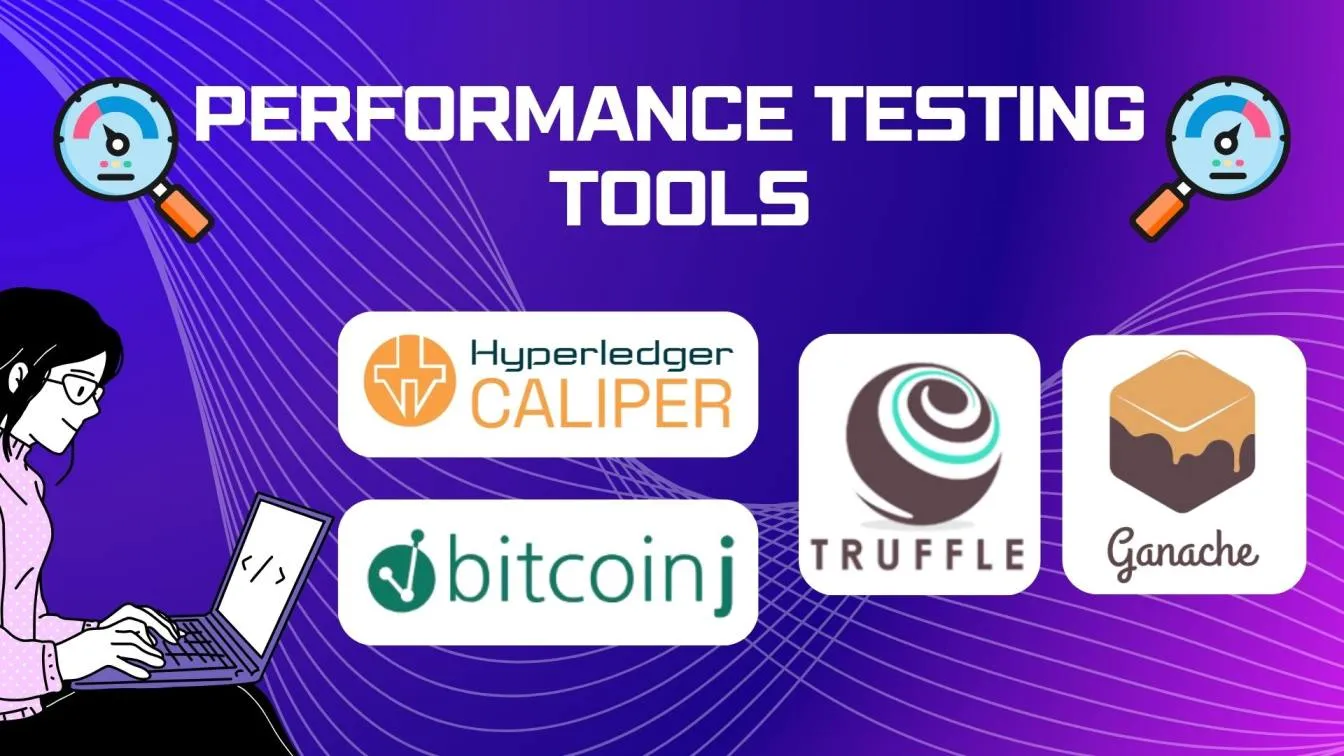
🪛 Hyperledger Caliper: A tool specifically designed for testing the performance of Hyperledger blockchains.
🪛 Truffle Suite: A popular set of tools for testing Ethereum smart contracts.
🪛 BitcoinJ: A library for working with the Bitcoin blockchain, which can be used for testing purposes as well.
🪛 Ganache: Ganache provides a user-friendly personal blockchain environment for Ethereum development, enabling developers to simulate and test smart contracts and dApps with ease.
🪛 CordaTest: CordaTest is a testing framework designed specifically for Corda blockchain applications, offering comprehensive tools for writing and executing unit tests, integration tests, and performance tests.
Future Trends in Blockchain Performance Testing
In recent years, there have been many exciting developments in blockchain performance testing. This field has shown great potential in integrating with the latest technologies, such as,

⭐ AI and Machine Learning: AI and ML could revolutionize blockchain performance testing by analyzing vast amounts of data to predict and optimize system performance.
⭐ Specialized Testing Frameworks: Emergence of specialized testing frameworks designed to cater to the unique features and requirements of different blockchain platforms, enhancing testing efficiency and accuracy.
⭐ Interoperability Standards: The development of standardized cross-chain performance testing protocols will become crucial to ensure seamless communication and compatibility between diverse blockchain ecosystems.
⭐ Blockchain Simulation Environments: Anticipate the creation of sophisticated blockchain simulation environments that replicate real-world network conditions, enabling comprehensive performance testing in controlled and scalable environments.

Wrapping Up!
Testing how well blockchain apps perform, helps to see whether they can handle multiple transactions without slowing down or crashing. You look at how fast transactions go through and how much the system can handle at once.
A bunch of factors can affect the performance of blockchain apps, these include the transaction density and the network traffic. By Performance testing, you can figure out what these issues are and formulate a way to fix them. Different tests and tools are used for blockchain apps to run smoothly and securely.
Looking into the future, we might see things like using smart technology to predict how well blockchain apps will perform or creating special tests just for certain types of blockchains. It’s all about making sure blockchain technology keeps getting better and more reliable for everyone to use.
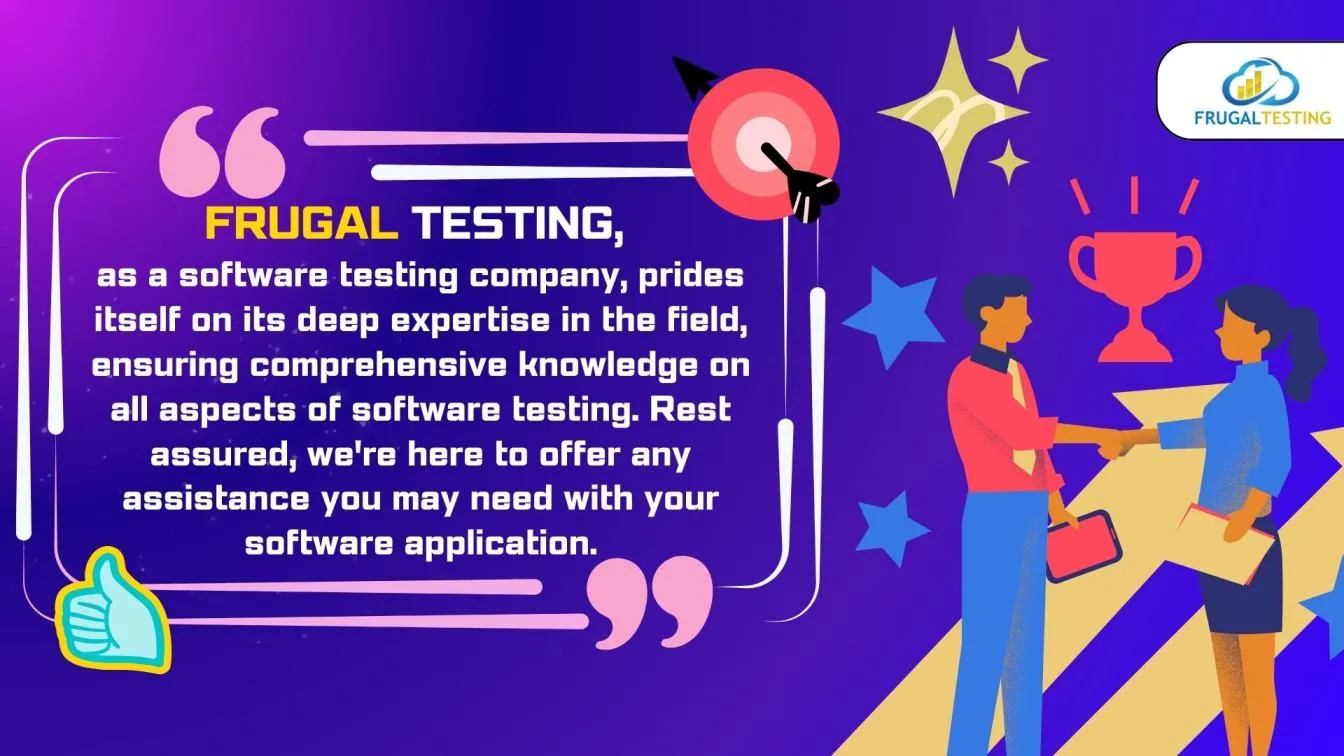
People also asked
👉 How can Blockchain performance testing be integrated into the testing lifecycle?
Blockchain performance testing can be integrated into the testing lifecycle by incorporating it into the development process, conducting regular tests to ensure optimal system performance at each stage.
👉 What are the performance indicators of Blockchain?
Performance indicators of Blockchain include throughput (transactions per second), latency (transaction confirmation time), and scalability (ability to handle increased transaction volume).
👉 What is the Performance testing of Blockchain technology?
Performance testing of Blockchain technology involves evaluating its speed, reliability, and scalability under various conditions to ensure optimal system performance.
👉 Why is performance testing necessary for every application?
Performance testing is necessary for every application to identify and address performance bottlenecks, optimize resource utilization, and deliver a seamless user experience.
👉 What are the pillars of Blockchain technology?
The pillars of Blockchain technology include decentralization, transparency, immutability, and security, forming the foundation for trustless, tamper-resistant digital transactions.





%201.webp)

